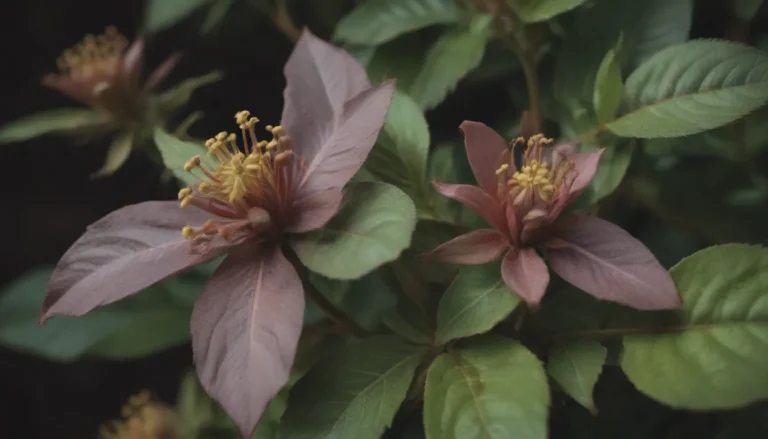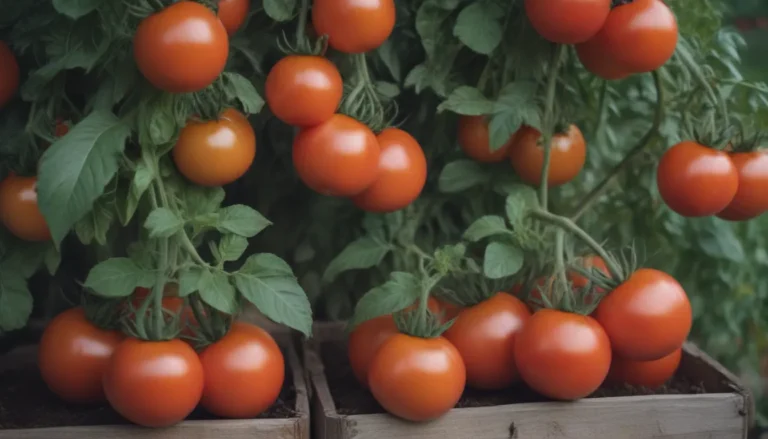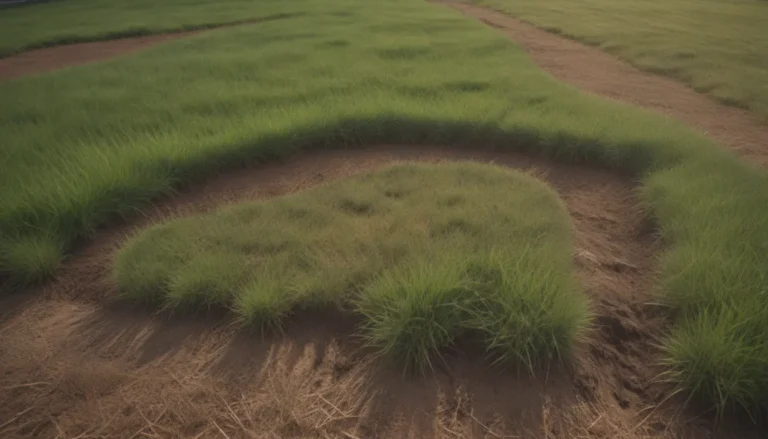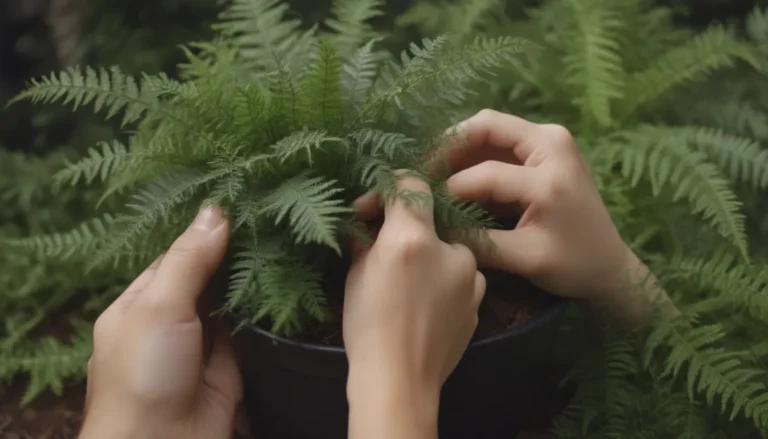Exploring Annual Plants: A Comprehensive Guide
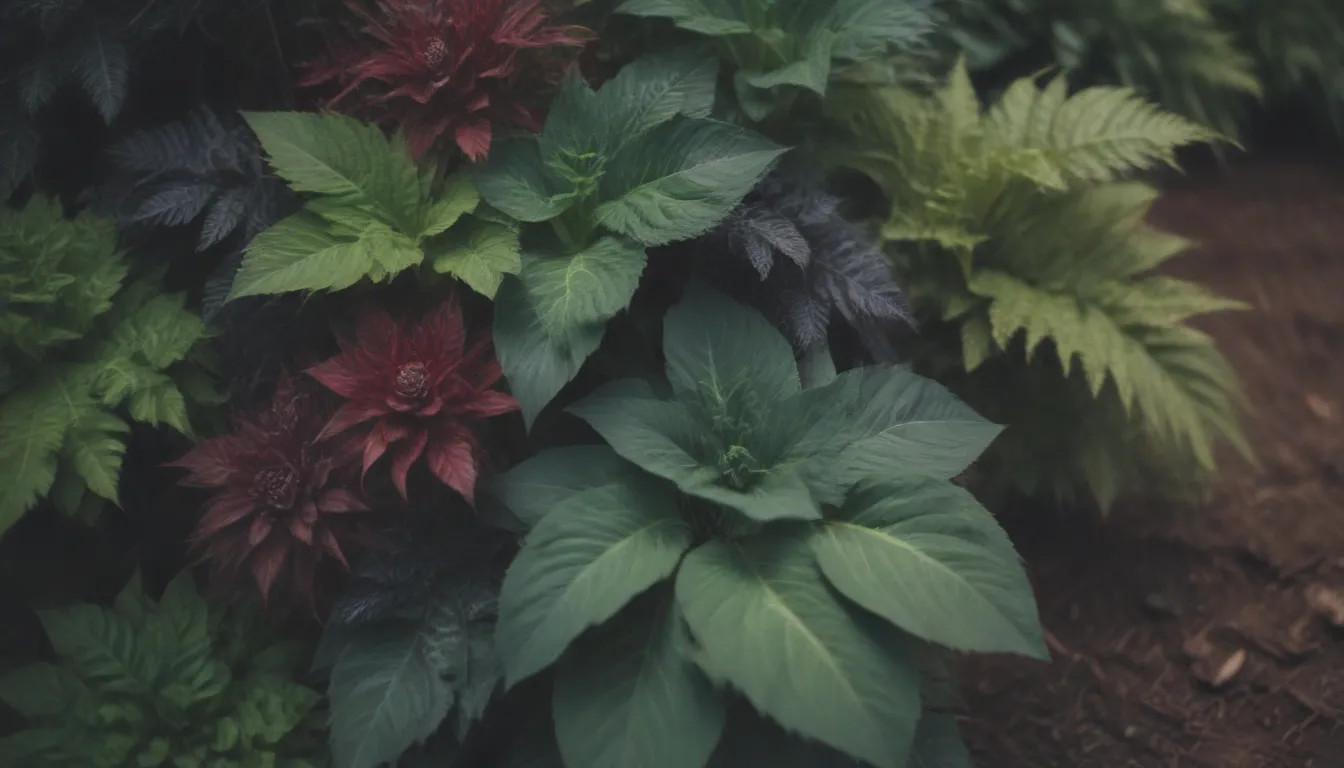
Are you confused about the differences between annuals, perennials, and biennials? Don’t worry; you’re not alone. Understanding these terms can be a bit overwhelming, but fear not! In this article, we will dive deep into the world of annual plants and uncover everything you need to know about them.
What Is an Annual Plant?
Let’s start with the basics. An annual plant is a type of plant that completes its entire life cycle in just one year, from seed to flower to seed again. Unlike perennials that come back year after year or biennials that live for two years, annuals have a shorter lifespan. This means that you can expect to replant annuals every year to keep your garden looking fresh and vibrant.
But here’s an interesting twist – some annuals may act like perennials in the sense that they drop seeds before they die, allowing them to reseed themselves for the next growing season. So, even though they technically die, it may seem like they come back year after year. Examples of such plants include violas, chamomile, poppies, and sunflowers.
Do Annual Plants Come Back Every Year?
The short answer is no. True annuals complete their life cycle in just one growing season and then die off. However, as mentioned earlier, some annuals have the ability to reseed themselves, giving the illusion of coming back year after year. So, it’s essential to understand the specific characteristics of the plants you are working with to determine if they will return in subsequent seasons.
Annuals vs. Perennials: What’s the Difference?
The primary purpose of an annual plant is to produce seeds for future generations. These plants often produce vibrant flowers to attract insects for pollination. Deadheading, or removing spent flowers before they go to seed, encourages the plant to produce more buds and blossoms in an effort to create more potential seeds for survival. In contrast, perennials typically come back year after year and serve as a constant presence in your garden.
It’s important to note that some plants, like tender perennials such as zonal geraniums, are grown annually in colder climates because they cannot survive harsh winter conditions. This blurs the line between annuals and perennials, but the bottom line is that whether your plant is a true annual or a perennial grown as an annual, you’ll likely need to replace it each year.
Types of Annual Plants
Annual plants come in various types, each with its own unique characteristics:
- Hardy annual plants: These plants can withstand colder temperatures and may even survive light frosts.
- Cool and warm season annuals: Some annuals thrive in cooler temperatures, while others require consistent warmth to bloom.
- Annual vegetables: Many vegetables are classified as annuals, such as tomatoes and peppers, but there are exceptions like rhubarb and asparagus.
Benefits of Growing Annual Plants
Now that we’ve covered the basics of annual plants, let’s explore why you should consider adding them to your garden:
- Continuous blooming: Annual flowers tend to bloom nonstop, especially if you deadhead them regularly, keeping your garden in bloom all season long.
- Versatility: Annuals are perfect for containers and hanging baskets, adding color and beauty to any space.
- Experimentation: Annuals allow you to try out new color schemes and plant varieties every year without a long-term commitment.
- Cost-effective: Annual plants are usually less expensive than perennials, making them a budget-friendly option for gardeners.
In conclusion, annual plants may have a short lifespan, but they offer a wealth of benefits that make them a valuable addition to any garden. Whether you’re looking to add bursts of color, experiment with new plant varieties, or simply enjoy continuous blooms throughout the season, annuals are sure to bring joy and beauty to your outdoor space. So go ahead, plant some annuals, and watch your garden come to life!
Remember, there’s always something new to discover in the world of annual plants, so don’t be afraid to get creative and explore different varieties to create the garden of your dreams. Happy planting!
